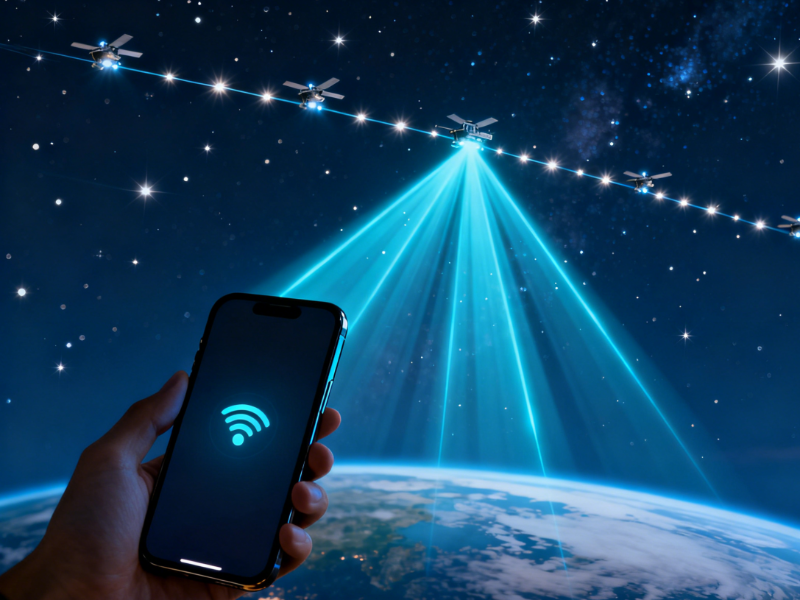- Kyivstar and Starlink launch satellite-to-phone SMS service, giving nearly 23 million users connectivity even without terrestrial networks.
- The service is free to subscribers now; voice and data are slated for rollout in 2026, offering resilient connectivity in conflict and remote areas.
What happened: Satellite-to-phone SMS goes live in Ukraine
Kyivstar, Ukraine’s largest mobile operator, has launched direct-to-cell satellite connectivity in collaboration with Starlink, making Ukraine the first country in Europe to offer the service. Under the deal, Kyivstar subscribers with regular 4G smartphones can now send and receive SMS messages via Starlink’s satellite constellation when traditional mobile coverage is unavailable.
The service is offered at no extra charge, integrated into existing tariff plans. It aims to provide reliable communication during wartime blackout conditions, in remote or recently liberated areas, and for humanitarian or rescue operations where ground networks are damaged or offline. Kyivstar has supplemented the roll-out by equipping its network sites with batteries and generators, offering up to 10 hours of backup power during prolonged power disruptions.
At launch, the service supports basic messaging only. Kyivstar has announced plans to extend the functionality to voice calls and mobile data — referred to as “light data” — during 2026, once the satellite network and regulatory approvals are in place.
Also Read: Orange launches Europe’s first satellite SMS service
Also Read: UK government backs satellite innovation and AI start‑ups
Why it’s important
This deployment marks a major milestone for connectivity resilience in conflict-affected and infrastructure-impaired regions. By enabling satellite-to-phone SMS, Starlink and Kyivstar are effectively creating a space-based fallback network — acting as a virtual cell-tower in orbit. For millions of Ukrainians living under the constant threat of electricity and network outages, this could be a lifeline.
Beyond Ukraine, this could serve as a template for satellite-based emergency communications across Europe and globally. It showcases how satellite constellations can supplement or substitute terrestrial networks during disasters, conflicts or in remote areas.
Looking ahead, the planned expansion to voice and data could transform how mobile services are delivered, particularly where building and maintaining infrastructure is costly or dangerous. For operators and regulators alike, this shift could prompt rethinking of spectrum allocation, disaster-response policy and universal service models — potentially turning satellite-to-cell from a niche wartime utility to a standard component of resilient telecom infrastructure.

